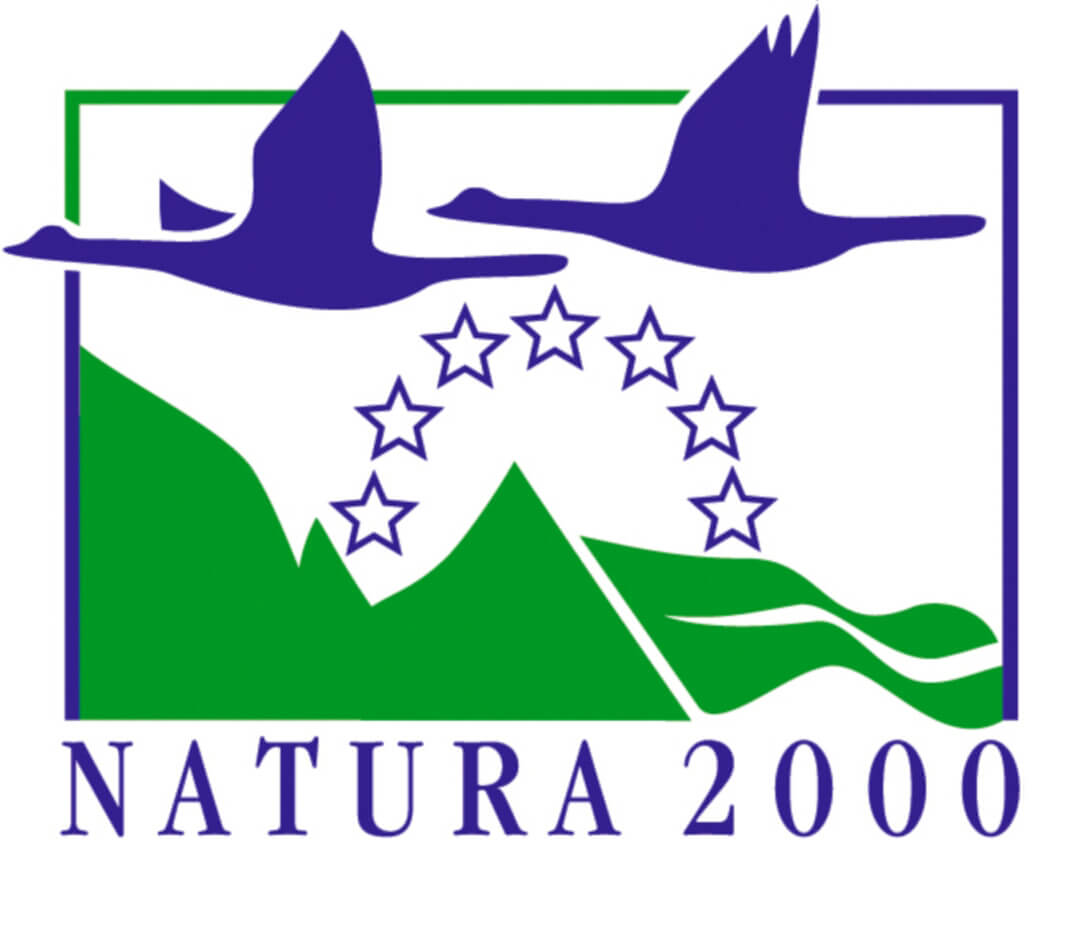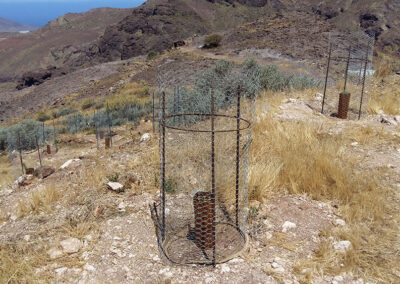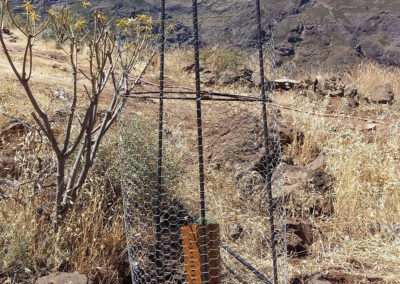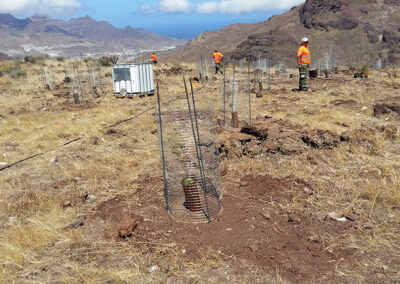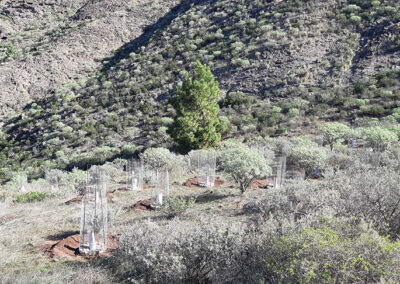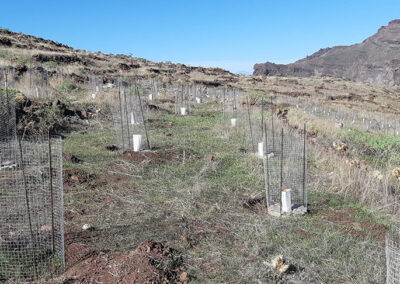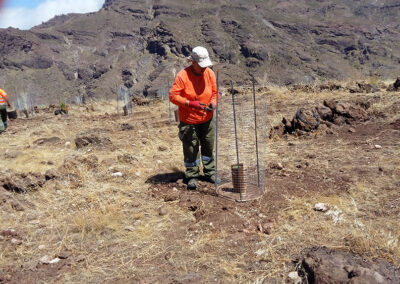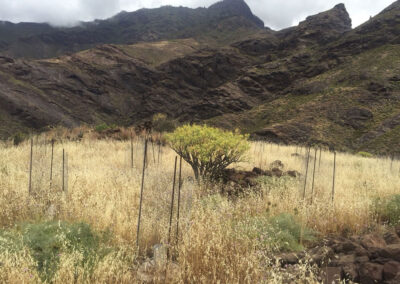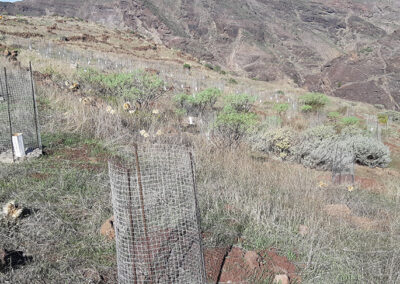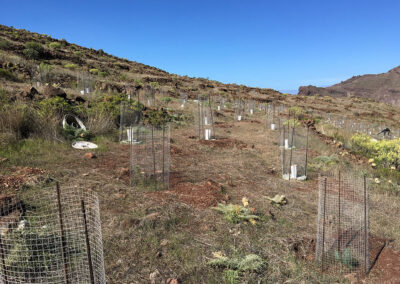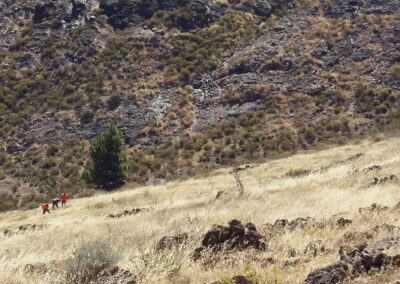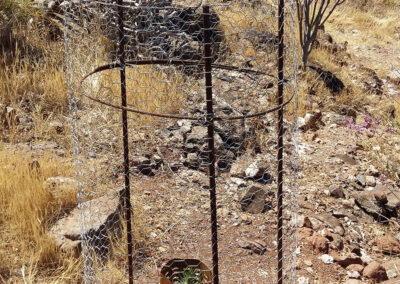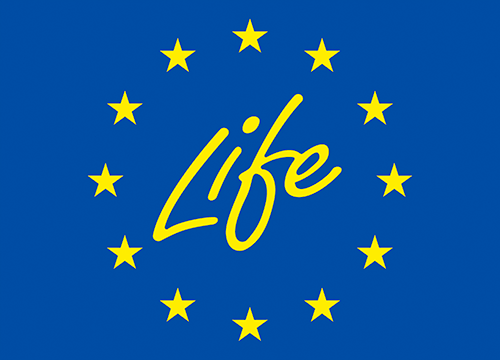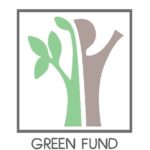Tifaracás
Tifaracás is a desertified area located in the municipality of Artenara, on the island of Gran Canaria. It is located within the El Nublo Rural Park, which in turn forms part of the Gran Canaria Biosphere Reserve. The area is classified as a Site of Community Interest (SCI) and Special Area of Conservation (SAC), included in the Natura 2000 Network. Although the area has a high risk of desertification, we find vegetation typical of the arid and semi-arid environments of the island, with a predominance of herbaceous species, although with a very low cover. Within the framework of the LIFE The Green Link project (LIFE15 CCA / SE / 125), some 4000 seedlings of native forest species, trees and shrubs, were planted using the “Cocoon” system. The aim of the planting is to reverse the desertification processes and improve the ecological connectivity of the adjacent Canary Island pine forests.
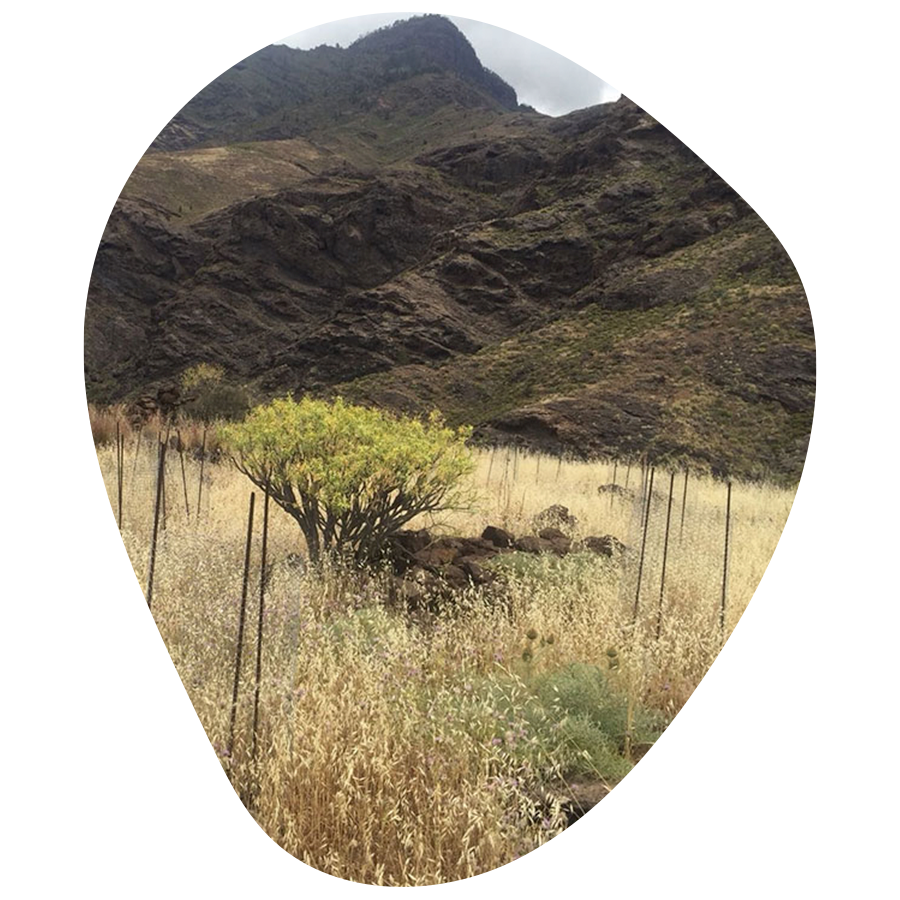
The area is severely affected by desertification processes, which are aggravated by reduced rainfall, recurrent forest fires and herbivory caused by the abundant presence of feral goats. Average annual rainfall is below 200 mm, although in recent years it has not exceeded 100 mm. In recent years, dry periods without rain have lasted more than 10 months, making it very difficult to reforest the area in an attempt to establish a vegetation cover to protect the soil from erosion. Although the high stoniness of the soil means that it is not particularly vulnerable to erosion, the low vegetation cover, the steep slope of the hillsides and the torrential rains favour erosion processes. These processes lead to the loss of fertile soil, making it even more difficult to establish vegetation cover.

Tifaracás
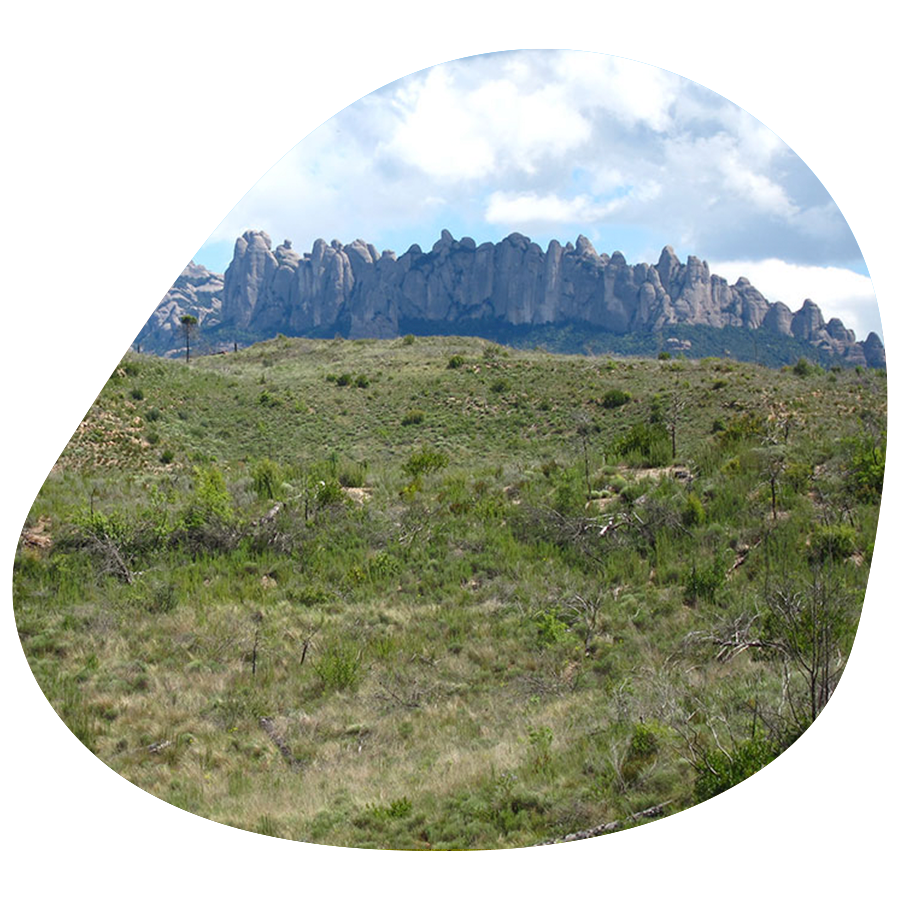
El Bruc
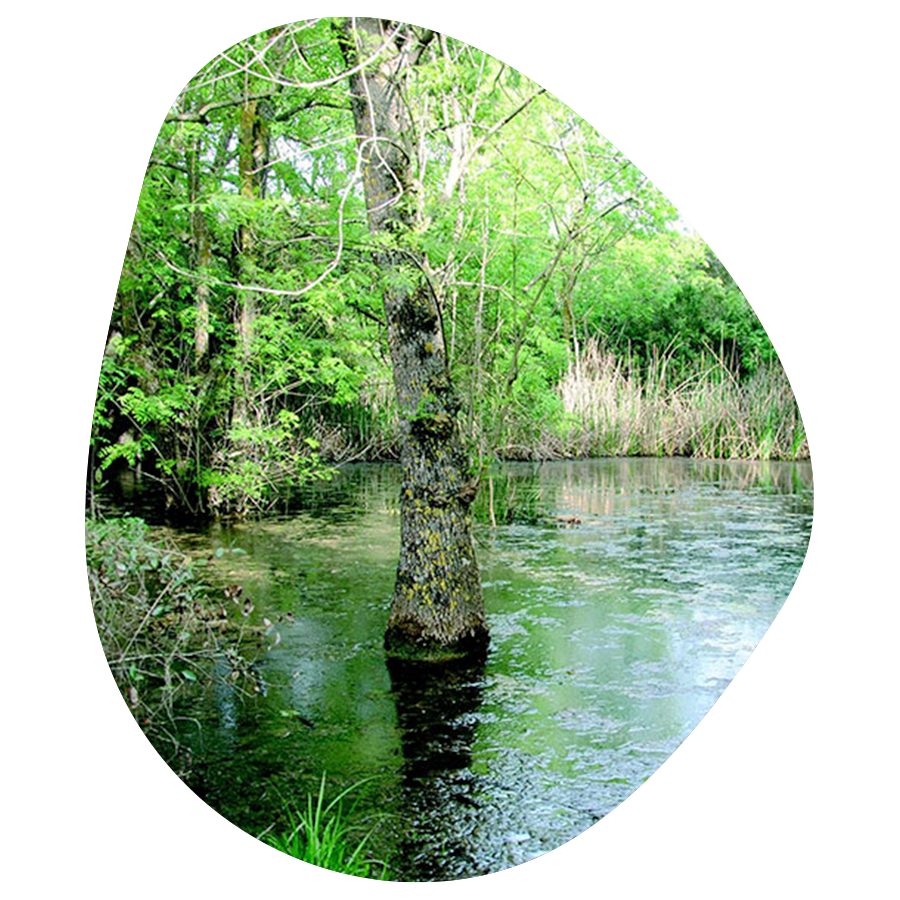
Palo Laziale
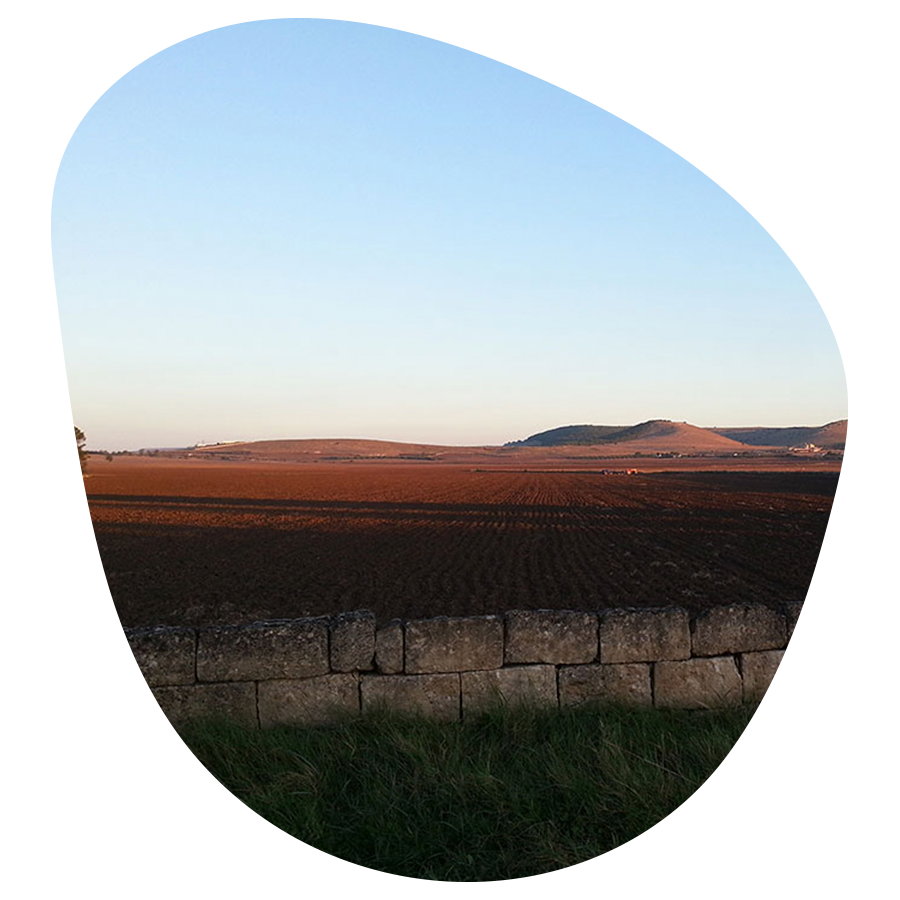
Alta Murgia
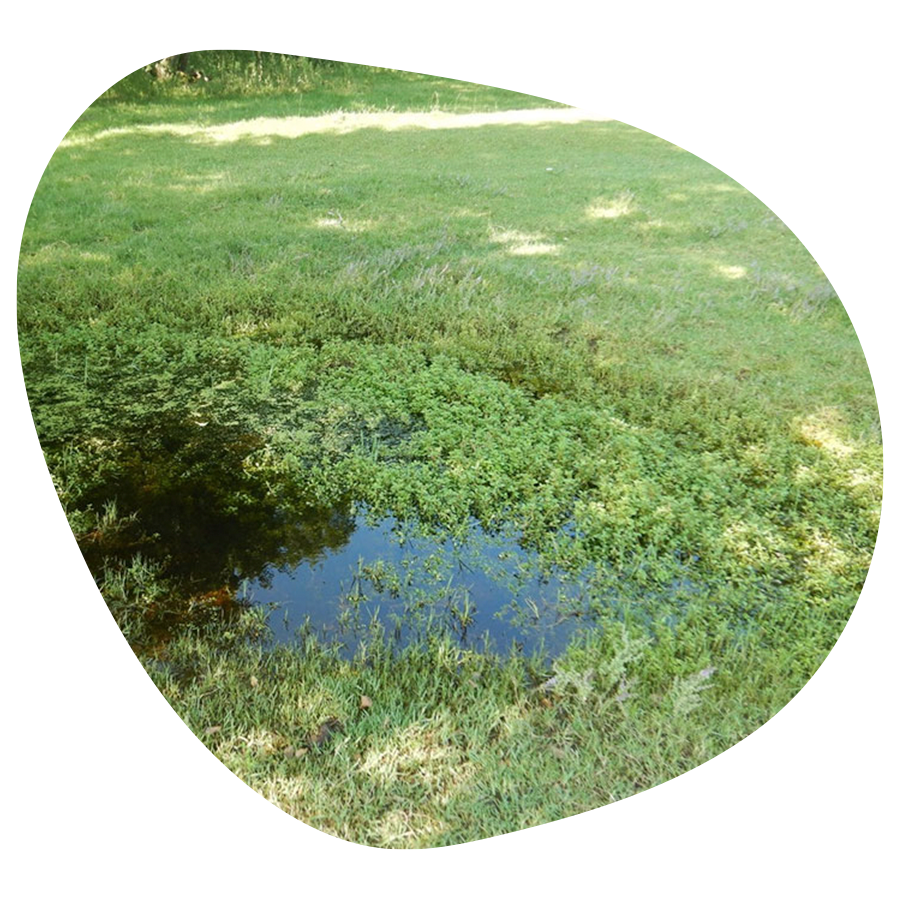
Nestos
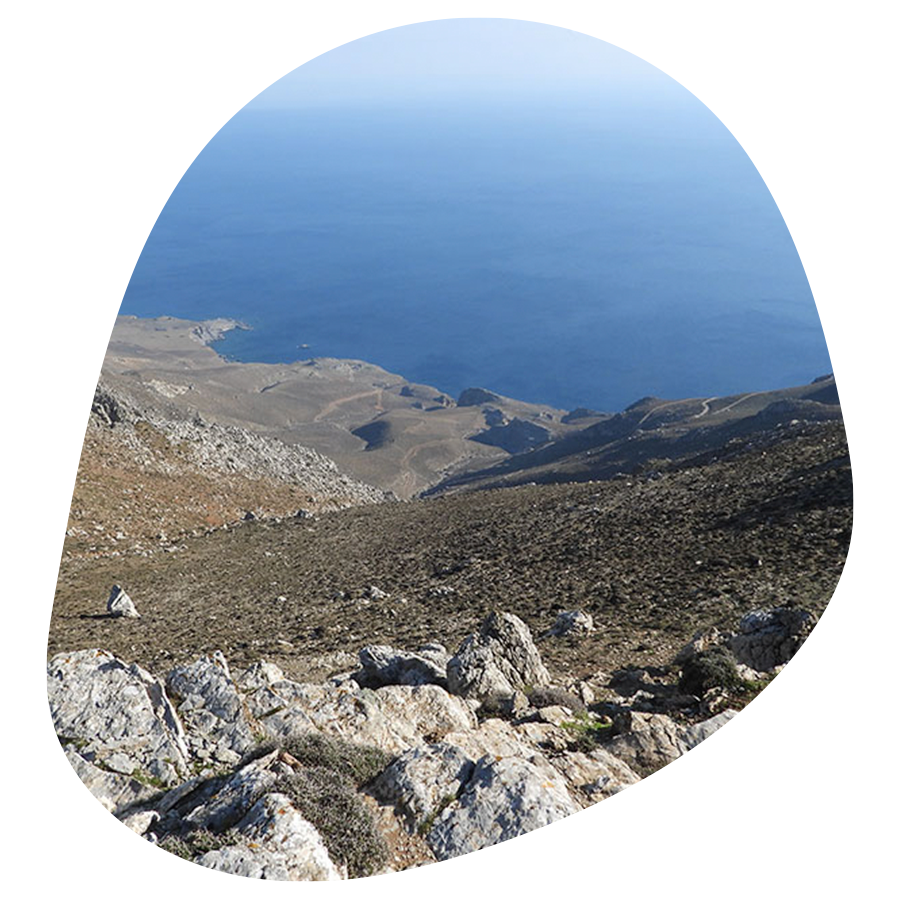
Asterousia
The LIFE20 PRE/IT/000007 project is funded at a percentage of 60% from the LIFE financial instrument “LIFE Preparatory project – Programme for the Environment and Climate Action” of the European Commission.
The GREEN FUND co-finances the NewLife4Drylands project for 2021, 2022 and 2023 through financing the University of Crete – Natural History Museum of Crete and the Hellenic Society for the Protection of Nature partners with the total amount of €52,000.00.

